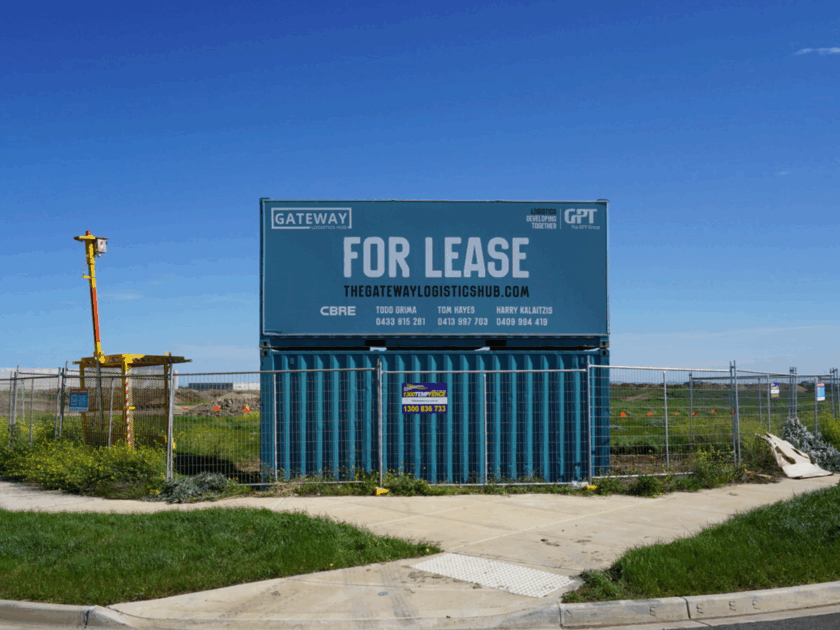What is an Aluminium Composite Panel?
 03 April 2025
03 April 2025 3 mins read
3 mins read
Aluminium composite panels (ACP) are an incredibly versatile and lightweight material used across a range of industries, thanks to their strength, durability, and aesthetic appeal. Comprising two thin layers of aluminium sheets bonded to a non-aluminium core, these panels are perfect for a variety of applications, from building façades to signage and even fencing. But what makes ACPs so popular? Let’s explore their key characteristics, advantages, and common uses.
Key Characteristics of Aluminium Composite Panels
Aluminium composite panels are made by bonding two layers of aluminium sheets to a thermoplastic core, typically polyethylene or a fire-retardant material. This sandwich-like construction makes the panels lightweight yet extremely strong. ACPs come in various finishes and colors, offering flexibility in design while maintaining excellent performance.
Some important characteristics include:
- Lightweight but strong: Aluminium composite panels are incredibly lightweight compared to other materials, making them easy to transport and install. Despite their weight, they offer high strength and rigidity.
- Weather resistance: ACPs are designed to withstand harsh weather conditions, including UV radiation, rain, and wind, without losing their structural integrity or appearance.
- Aesthetic versatility: Available in a wide range of colors and finishes, including metallic, matte, and gloss, ACPs can be customized to suit different design needs.
- Fire resistance: Many ACPs have fire-retardant cores, making them suitable for buildings and spaces that require stringent fire safety standards.
Advantages of Aluminium Composite Panels
- Durability: One of the main advantages of aluminium composite panels is their longevity. They resist corrosion, making them ideal for outdoor use, particularly in areas exposed to the elements.
- Low Maintenance: ACPs are easy to clean and maintain. Their smooth surface doesn’t trap dirt or dust, and they don’t require regular repainting or sealing, unlike other materials like wood.
- Cost-Effective: Aluminium composite panels are relatively affordable compared to materials like solid aluminium or steel, offering a cost-effective solution for construction and renovation projects.
- Environmentally Friendly: ACPs are recyclable, and the materials used in their construction can be reused, reducing their environmental impact.
- Thermal and Acoustic Insulation: The thermoplastic core offers some insulation properties, helping to regulate temperature and reduce noise in buildings.
What is Aluminium Composite Panel Used For?
Aluminium composite panels are widely used across various industries due to their flexibility and durability. Here are some of the most common applications:
- Building Façades: One of the most popular uses of ACPs is in cladding and curtain walling for building exteriors. Their sleek appearance and ability to resist harsh environmental conditions make them a top choice for architects.
- Signage: ACPs are often used in outdoor signage because of their lightweight structure and excellent printability. They can withstand the elements while maintaining vibrant, long-lasting graphics.
- Interior Design: From partition walls to ceilings, aluminium composite panels are also used in interior spaces to create modern, clean aesthetics.
- Fencing: Aluminium fence panels made from ACPs are becoming increasingly popular due to their durability, low maintenance, and modern look. They can be customized to match any style or design, making them perfect for residential and commercial properties.
Conclusion
Aluminium composite panels are a highly versatile material that offers a range of benefits for construction, signage, and fencing. Their lightweight structure, durability, and aesthetic flexibility make them a preferred choice in both indoor and outdoor applications. Whether you’re looking to enhance the look of your building façade, create a durable outdoor sign, or install modern aluminium fence panels, ACPs provide a reliable, cost-effective solution that stands the test of time.





